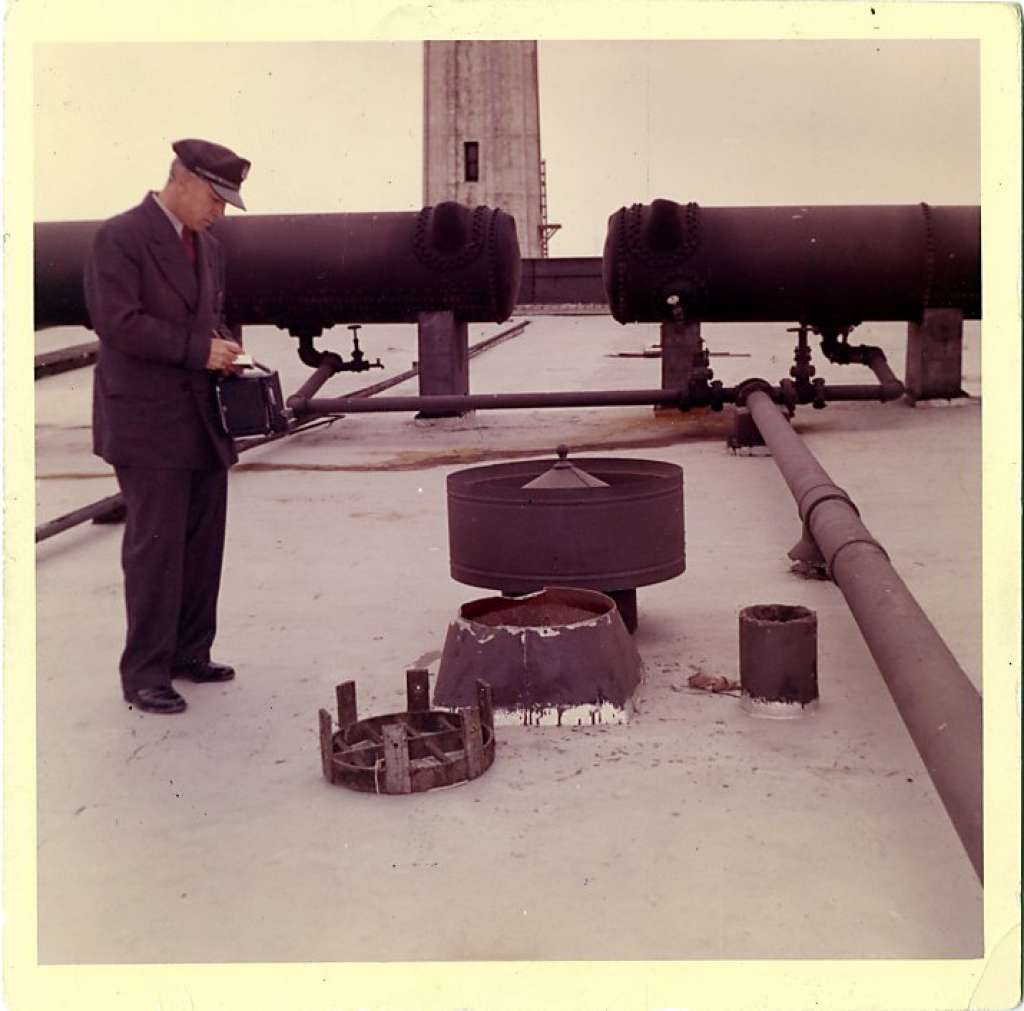


It could be the first significant lead in the case which, if true, would be the only successful escape attempt from the first and most famous super-max prison in the United States.Īuthorities do not know what happened to Morris. Officials have also discovered, with the help of the Widner brothers, that bones recovered from San Francisco Bay just six months after the escape do not belong to either of the Anglin brothers. They believe the explanation as to how they made it to land is plausible and that the photo is genuine.

Marshal Service, which is still looking into the case after 53 years. They clambered through the vents, broke onto the roof of the jail and made a makeshift raft out of raincoats, which they inflated using an accordion-like concertina.īut the Widners' new evidence has captured the interest of the U.S. The brothers and another escapee Frank Morris used papier-mache masks to trick guards into thinking they were asleep in their beds. The prison opened to the public in 1973 and is visited by on average one million people a year. Records show that 23 were caught, six were shot and two were drowned.Īlcatraz was closed on Madue to its high running costs because everything, including water needed to be shipped to the island. The prison never reached its maximum capacity of 336 inmates.ĭisruptive prisoners were sent to Alcatraz.īetween 19, 36 men, including two who tried to escape twice, made attempts to flee the island. The US Military stopped using Alcatraz in 1933 and a new prison was opened the following year.Īfter opening in 1934, Alcatraz held some of America's most notorious prisoners such as Al Capone, George 'Machine Gun' Kelly and the first Public Enemy Number One, Alvin Karpis. US military prisoners rebuilt the prison between 1909-11. In 1850 a presidential order earmarked the island for military use to protect San Francisco Bayīetween 1850-1909 the military used the island's Citadel as a prison. There's so much else that's so good in the film - in the performances, the characters, the minutely observed details of prison life, the timing of events leading up to the escape - that we realize how rare such craftsmanship really is.Alcatraz Island was first identfied in 1775 by Spanish explorer Juan Manuel de Ayala. With "Escape from Alcatraz," though, I think that's acceptable.
ESCAPE FROM ALCATRAZ MOVIE
So the movie doesn't have the ending that its superb beginnings had us expecting. The escape in "Escape From Alcatraz," alas, is mostly just a matter of hunching down gloomy air shafts and inching along a rooftop, in shadows so dark we're sometimes unsure what's happening. One of the great pleasures of a film like "The Great Escape" was to watch the plan as it developed, and then relish its unfolding. But then the escape itself is strangely anticlimactic. The development of the escape plan is pretty straightforward, although Siegel has some fun with one element of the plot. We learn prison discipline, we learn the ways of dehumanizing that are peculiar to this prison, we meet the sadistic warden, and inmates like Doc, a gifted painter English, a bitter black librarian, and old Litmus, who keeps a pet mouse. The way Siegel develops this story is a triumph of narrative. He has also been over the territory of "Escape from Alcatraz" before, in his classic "Riot in Cell Block 11" (1954). Of all the directors Eastwood has worked with, the two most influential in shaping his screen persona have been Sergio Leone (of the Dollar Westerns) and Siegel (" Coogan's Bluff," " Dirty Harry"). But before the escape attempt itself, we're introduced to the daily routines of prison life and it's in these sequences that the director, Don Siegel, displays his special talent. A challenge like that is irresistible to this Eastwood character, a lean and muscular loner containing great angers. You can't get out, and if you do, you die anyway.

What we basically have here, then, is a prison version of a Locked Room mystery. A fellow inmate ( Paul Benjamin) tells Eastwood what happens if you get that far: The tides make the mile swim seem like ten, the water's so cold your arms turn numb, and you can't make it to shore in the time-intervals between convict counts. Early on, we see why: The warden ( Patrick McGoohan) hovers over a model of Alcatraz and we see the sheer walls falling down to the rocks and the sea.


 0 kommentar(er)
0 kommentar(er)
